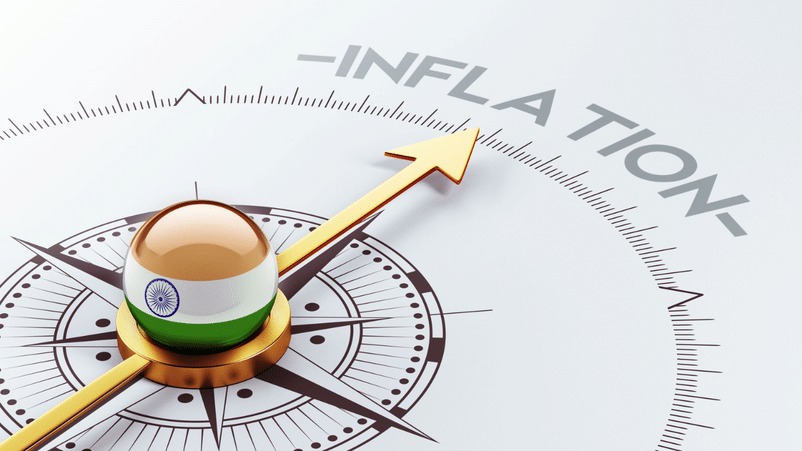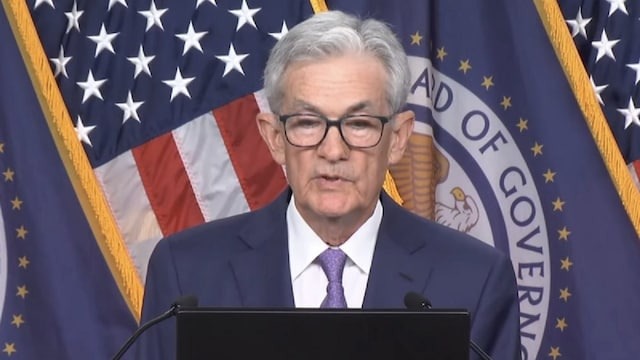
Wholesale price inflation in India moderated slightly to 2.31% in January 2025, down from 2.37% in December 2024, according to government data released on Friday. This easing was primarily due to a decline in food prices, particularly vegetables. Inflation was notably lower compared to January 2024, when it stood at just 0.33%.
Key Highlights:
- Inflation in food items dropped to 5.88% in January, compared to 8.47% in December 2024.
- Vegetable inflation saw a significant decrease to 8.35%, from a high of 28.65% in December 2024.
- The price increase in eggs, meat, and fish dropped to 3.56%, down from 5.43% last month.
- Tomato prices saw a drop of 18.9%, while inflation in potatoes remained high at 74.28%. However, onion prices spiked, with inflation reaching 28.33% in January.
Sector-wise Inflation:
- The fuel and power sector experienced a deflation of 2.78% in January, slightly better than the 3.79% deflation seen in December.
- Inflation in manufactured items rose to 2.51%, compared to 2.14% in December 2024.
Retail inflation, as measured by the Consumer Price Index (CPI), also showed improvement, easing to a five-month low of 4.31% in January, largely due to the decline in food prices.
Outlook on Inflation: ICRA Senior Economist Rahul Agrawal projected the Wholesale Price Index (WPI) to average 2.4% in FY2025, with a slight increase to 3% in FY2026, despite expectations of food price moderation.
Rajani Sinha, Chief Economist at CARE Ratings, expects food prices to ease further in the coming months, largely driven by seasonal corrections. However, global commodity prices remain a concern. The uncertainty surrounding US protectionist trade policies could push up prices in the non-food component of the WPI, exerting upward pressure.
Global Factors and Currency Movements: Geopolitical developments and global trade uncertainties will be critical to watch, as these factors could significantly affect global commodity markets and supply chains. Furthermore, the depreciation of the Indian rupee by about 4% against the US dollar in the second half of the current financial year raises concerns about imported inflation.
Earlier in January, the Reserve Bank of India (RBI) reduced the policy rate by 25 basis points to 6.25%, marking its first rate cut in five years, aimed at promoting consumption.
The direction of future monetary policy actions, including in April 2025, will depend on factors such as currency movement and liquidity conditions in the economy, according to Paras Jasrai, Senior Economic Analyst at India Ratings and Research.

 Desk
Desk Share
Share






